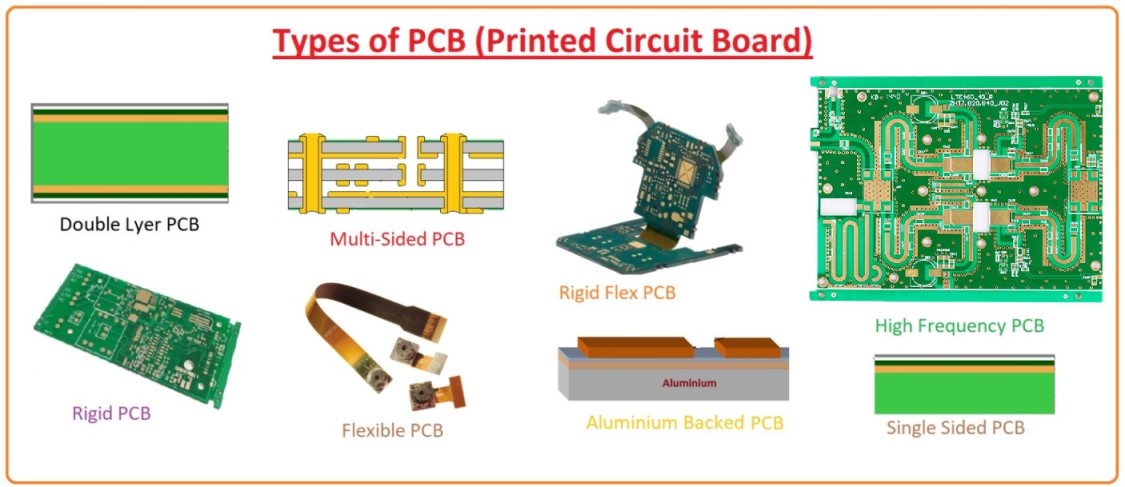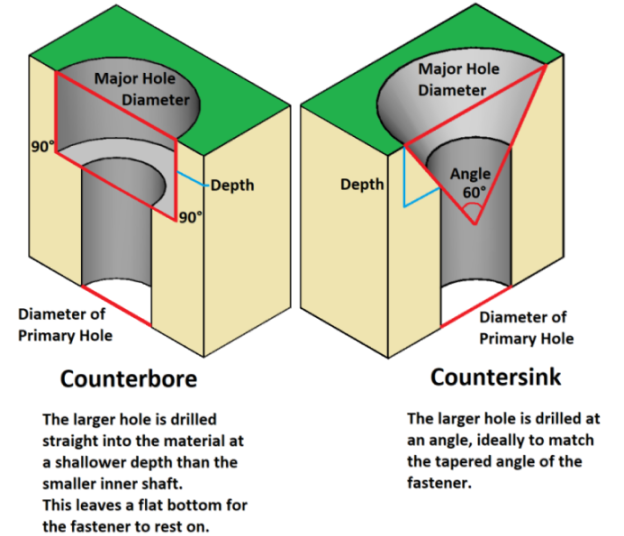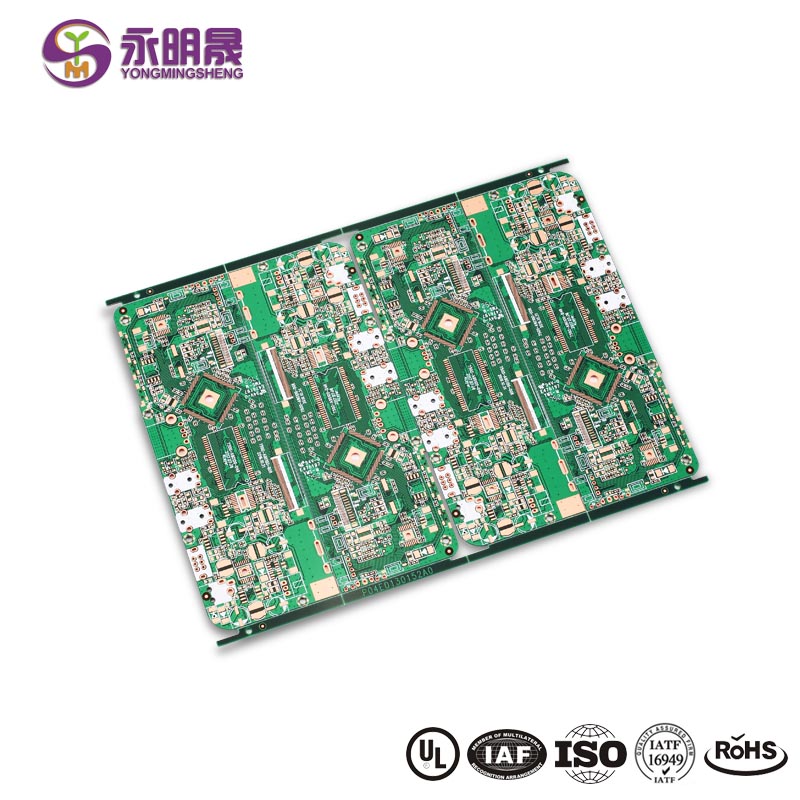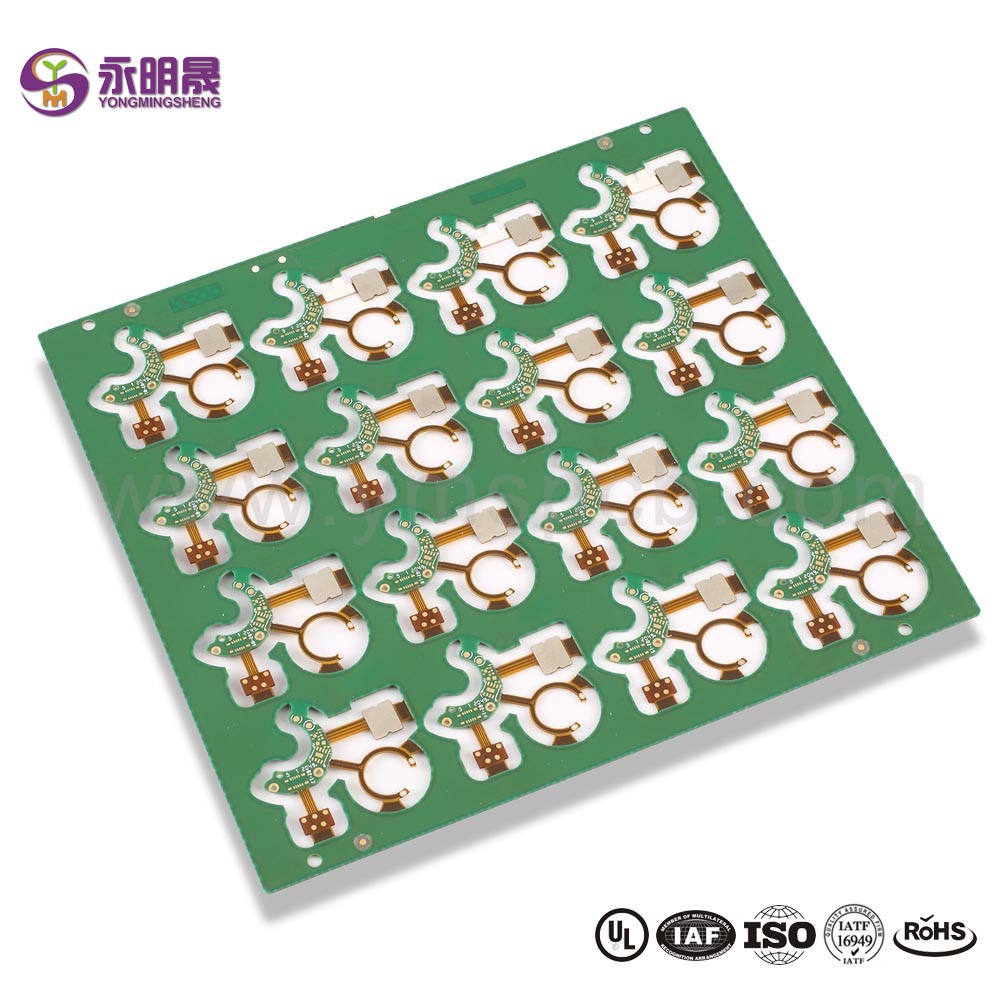Double sided pcb Normal pcb Lead free HASL Counterbore Manufacturer | YMS PCB
HAL(Lead Free), the full name is Hot Air leveling with Lead Free. Compared with HASL, the main difference for HAL(Lead Free) is the element of material which do not contain Lead(Pb), so it’s RoHS Compliant and it’s much more popular and widely used in yokuvelisa .
HAL(Lead Free) requires higher run temperatures for lead free solder and longer contact time, the production cost for HAL(Lead Free) is slightly higher than HASL(Tin/Lead).
The manufacturing process of HAL(Lead Free) is similar to HASL(Tin/Lead), the circuit boards will be submersed in molten solder(Lead Free). This solder will cover all the exposed copper surfaces. Upon retraction from the solder, high pressure hot air is blown over the surface through air knives, this levels the solder deposit and removes the excess solder from the surface of printed circuit boards.
Ishicilelwe yiBhodi yeSekethe Intshayelelo
Ibhodi yeSekethe eShiciweyo eqhelekileyo: Most PCBs for simple electronics are simple and composed of only a single layer. More sophisticated hardware such as computer graphics cards or motherboards can have 2 or multiple layers, sometimes up to twelve.
A printed circuit board (PCB) mechanically supports and electrically connects electrical or electronic components using conductive tracks, pads and other features etched from one or more sheet layers of copper laminated onto and/or between sheet layers of a non-conductive substrate. Components are generally soldered onto the PCB to both electrically connect and mechanically fasten them to it.PCBs can be single-sided (one copper layer), double-sided (two copper layers on both sides of one substrate layer), or multi-layer (outer and inner layers of copper, alternating with layers of substrate). Multi-layer PCBs allow for much higher component density, because circuit traces on the inner layers would otherwise take up surface space between components. The rise in popularity of multilayer PCBs with more than two, and especially with more than four, copper planes was concurrent with the adoption of surface mount technology.
What is the difference between a Countersink and a Counterbore?
YMS Eqhelekileyo ubunakho bemveliso PCB:
| I-YMS yesiqhelo yokuvelisa amandla e-PCB | ||
| Uphawu | amandla | |
| Uluhlu Lomaleko | 1-60L | |
| Efumanekayo Eqhelekileyo Technology PCB | Ngomngxunya kunye noMlinganiso weMbonakalo 16: 1 | |
| ungcwatyiwe kwaye uyimfama nge | ||
| IHybrid | Ukuphindaphindwa kwezinto eziphezulu ezifana ne-RO4350B kunye ne-FR4 Mix njl. | |
| Isantya esiphakamileyo seZinto ezinje ngeM7NE kunye neFR4 Mix njl. | ||
| Izinto eziphathekayo | I-CEM- | I-CEM-1; i-CEM-2, i-CEM-4, i-CEM-5. njl |
| FR4 | EM827, 370HR, S1000-2, IT180A, IT158, S1000 / S1155, R1566W, EM285, TU862HF, NP170G njl. | |
| Isantya esiphezulu | Megtron6, Megtron4, Megtron7, TU872SLK, FR408HR, N4000-13 Series, MW4000, MW2000, TU933 njl. | |
| Frequency high | Ro3003, Ro3006, Ro4350B, Ro4360G2, Ro4835, CLTE, Genclad, RF35, FastRise27 njl. | |
| Abanye | Polyimide, Tk, LCP, BT, C-ply, Fradflex, Omega, ZBC2000, Peek, PTFE, yodongwe-based njl | |
| Ukutyeba | 0.3mm-8mm | |
| Ubukhulu beMax.copper | 10OZ | |
| Ubuncinci bomgca ububanzi kunye nendawo | 0.05mm / 0.05mm (2mil / 2mil) | |
| IBGA PITCH | 0.35mm | |
| Ubuncinci boMatshini ogujiweyo | 0.15mm (6mil) | |
| Ukulinganiswa kwembonakalo yomngxuma | 16: 1 | |
| Umphezulu Gqiba | I-HASL, i-HASL yasimahla, i-ENIG, ukuntywila kwi-Tin, i-OSP, iSilver yokuntywila, iFinger Finger, i-Electroplating Hard Hard, i-OSP ekhethiweyo, ENEPIG.etc. | |
| Ukuhamba ngokugcwalisa ukhetho | Ukugqithiswa kufakwe kwaye kugcwaliswe nge-epoxy eqhubayo okanye engaqhubekiyo emva koko yatywinwa yaza yagqunywa ngaphezulu (i-VIPPO) | |
| Izaliswe ngobhedu, kuzaliswe isilivere | ||
| Ubhaliso | ± 4mil | |
| Solder Vuvu | Luhlaza, Bomvu, Mthubi, Luhlaza, Mhlophe, Mnyama, Mfusa, Matte Mnyama, Matte luhlaza njl njl. | |
Ongahle Ungathanda:
1, Isishwankathelo izinto ekufuneka ziqwalaselwe wesiphaluka ibhodi iwelding
4、Yintoni uvavanyo lwebhodi engenanto?
5. Yintoni uyilo lwe-PCB oluqhelekileyo
Funda ngakumbi malunga neemveliso zeYMS












